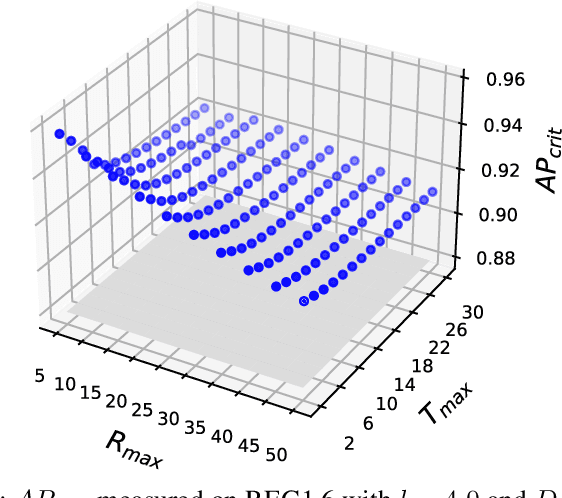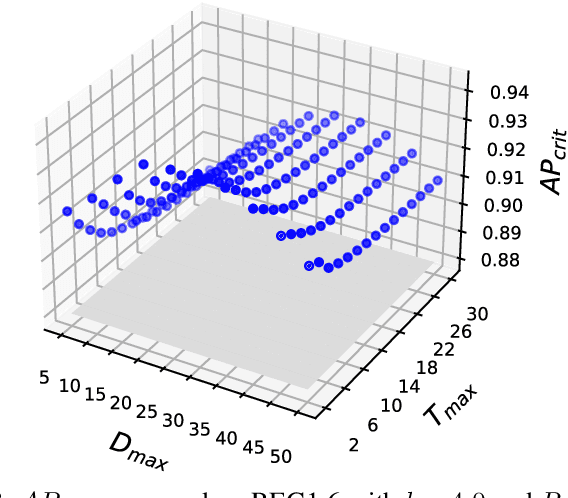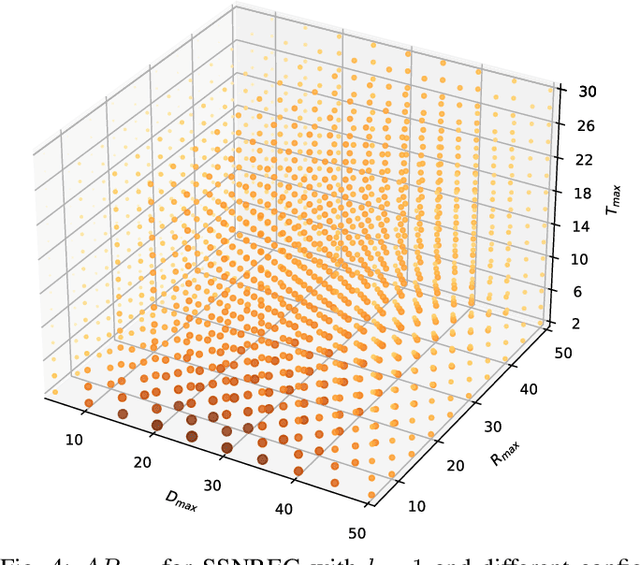Safety-aware metrics for object detectors in autonomous driving
Paper and Code
Mar 04, 2022



We argue that object detectors in the safety critical domain should prioritize detection of objects that are most likely to interfere with the actions of the autonomous actor. Especially, this applies to objects that can impact the actor's safety and reliability. In the context of autonomous driving, we propose new object detection metrics that reward the correct identification of objects that are most likely to interact with the subject vehicle (i.e., the actor), and that may affect its driving decision. To achieve this, we build a criticality model to reward the detection of the objects based on proximity, orientation, and relative velocity with respect to the subject vehicle. Then, we apply our model on the recent autonomous driving dataset nuScenes, and we compare eight different object detectors. Results show that, in several settings, object detectors that perform best according to the nuScenes ranking are not the preferable ones when the focus is shifted on safety and reliability.
 Add to Chrome
Add to Chrome Add to Firefox
Add to Firefox Add to Edge
Add to Edge